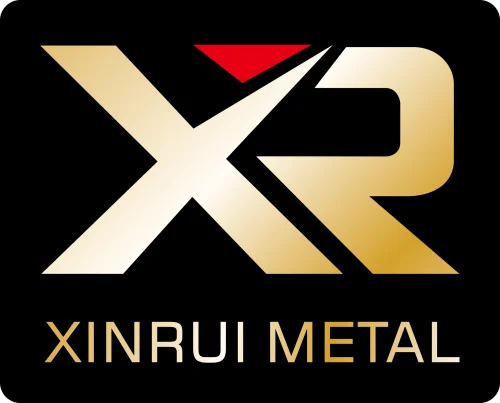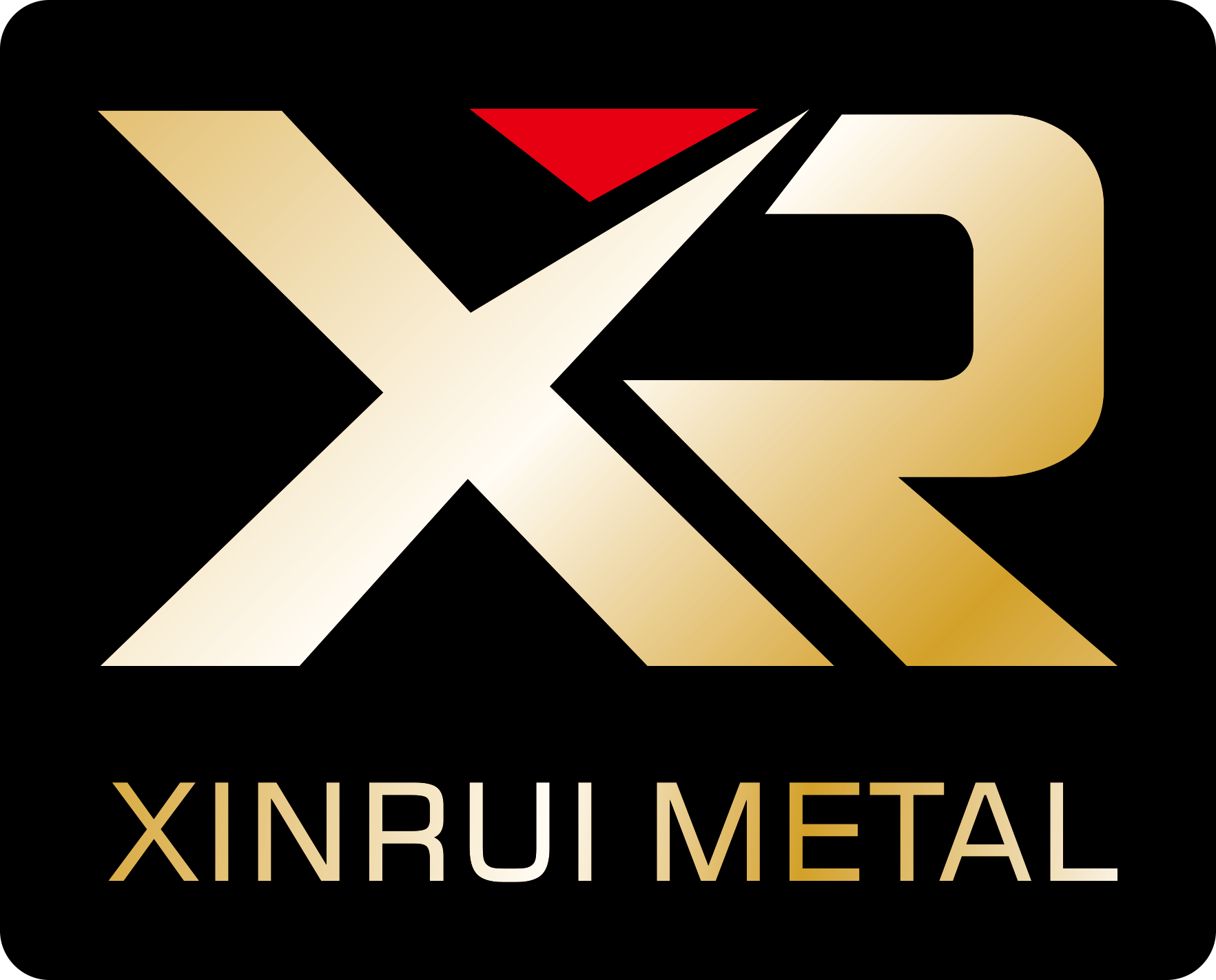From Concept to Creation: The Comprehensive Process of Designing Tinplate Special-Shaped Boxes
Release time: Mar 08,2025
From Concept to Creation: The Comprehensive Process of Designing Tinplate Special-Shaped Boxes
Table of Contents
- 1. Introduction to Tinplate Special-Shaped Boxes
- 2. The Importance of Custom Packaging Solutions
- 3. Understanding the Design Process
- 4. Material Selection for Tinplate Boxes
- 5. The Production Process
- 6. Quality Control in Packaging Design
- 7. Sustainability in Packaging
- 8. Case Studies of Successful Tinplate Boxes
- 9. Conclusion
- 10. FAQs
1. Introduction to Tinplate Special-Shaped Boxes
The world of packaging is ever-evolving, and one of the most captivating forms of design is the **tinplate special-shaped box**. These boxes not only serve functional purposes but also act as a canvas for branding and marketing. Their unique shapes can set products apart from competitors, making them a vital tool in attracting and retaining customers.
In this article, we delve deep into the **design process** behind these remarkable packaging solutions, exploring each step from initial concepts through to finished products.
2. The Importance of Custom Packaging Solutions
Custom packaging solutions are essential for several reasons:
- **Brand Identity**: They enable businesses to communicate their brand values and messages effectively.
- **Customer Experience**: An attractive package enhances the unboxing experience, adding value to the product.
- **Product Differentiation**: Unique shapes can help a product stand out in crowded marketplaces.
- **Functionality**: Custom designs can cater to specific product requirements, ensuring safety and usability.
In the context of tinplate special-shaped boxes, the design can be tailored to reflect the essence of the product inside, ultimately enhancing the consumer's perception.
3. Understanding the Design Process
The journey from concept to creation involves several crucial steps:
3.1 Research and Inspiration
The initial stage of any design process is focused on gathering inspiration. This phase includes:
- **Market Research**: Analyzing competitors and current trends in packaging design.
- **Consumer Insights**: Understanding the target audience's preferences and expectations.
Research lays the groundwork for creative ideas, ensuring that the designs resonate with potential customers.
3.2 Creating a Design Brief
A well-defined design brief acts as a roadmap for the project. It should include:
- **Objectives**: What the packaging should achieve in terms of branding and marketing.
- **Specifications**: Size, shape, and material requirements.
- **Budget and Timeline**: Constraints that may affect the design process.
A thorough design brief ensures that the project stays on track and meets the desired goals.
3.3 Sketching and Prototyping
With a design brief in hand, designers can move on to sketching ideas. This phase involves:
- **Concept Sketches**: Quick illustrations to explore different shapes and styles.
- **3D Prototyping**: Creating physical or digital prototypes to visualize the final product.
Prototyping is crucial for identifying potential issues early in the design process, allowing for adjustments before mass production.
4. Material Selection for Tinplate Boxes
Choosing the right materials is pivotal in the design process. The primary material for these boxes is tinplate, which offers durability and excellent printability.
4.1 Tinplate Materials
Tinplate is a thin steel sheet coated with tin. Its advantages include:
- **Corrosion Resistance**: Protects contents from moisture and environmental factors.
- **Recyclability**: Tinplate is fully recyclable, aligning with sustainability goals.
Understanding the properties of tinplate helps in making informed choices during the design process.
4.2 Coatings and Finishes
Various coatings can enhance the appearance and durability of tinplate boxes:
- **Lacquer Coatings**: Provide a glossy finish and protect against scratches.
- **Matte Finishes**: Offer a more subtle and sophisticated aesthetic.
Selecting the appropriate finish can elevate the overall look and feel of the packaging, making it more appealing to consumers.
5. The Production Process
Once the design and material selection are finalized, the manufacturing process begins. This stage is critical to ensuring that the vision comes to life accurately.
5.1 Die-Cutting and Formation
Die-cutting is the process used to cut the tinplate into specific shapes. This step involves:
- **Custom Dies**: Creating bespoke dies that match the unique design of the box.
- **Precision Cutting**: Ensuring accuracy to maintain quality and functionality.
The formation process follows, where the flat tinplate is shaped into the final box form.
5.2 Printing Techniques
Printing is a vital aspect of creating visually appealing packaging. Techniques include:
- **Screen Printing**: Ideal for bold colors and designs.
- **Digital Printing**: Offers flexibility for small runs and intricate designs.
Choosing the right printing method is essential for achieving the desired aesthetic and ensuring brand consistency.
6. Quality Control in Packaging Design
Quality control is a non-negotiable stage in the production process. It includes:
- **Material Inspection**: Checking for defects in the tinplate before production.
- **Final Product Testing**: Ensuring that the finished boxes meet design specifications and quality standards.
Implementing strict quality control measures guarantees that only the best products reach the market.
7. Sustainability in Packaging
In today's eco-conscious market, sustainability is more important than ever. Tinplate special-shaped boxes can be designed with sustainable practices in mind:
- **Eco-Friendly Materials**: Using recycled tinplate or biodegradable coatings.
- **Minimalist Design**: Reducing material waste through efficient design choices.
By prioritizing sustainability, businesses can appeal to environmentally-conscious consumers and enhance their brand reputation.
8. Case Studies of Successful Tinplate Boxes
Examining successful packaging projects can provide valuable insights. Notable examples include:
- **Luxury Food Products**: Brands that utilize premium tinplate packaging to enhance perceived value.
- **Gift Items**: Innovative designs that create a memorable unboxing experience.
These case studies highlight the effectiveness of unique tinplate packaging in driving sales and building brand loyalty.
9. Conclusion
The journey from concept to creation in designing tinplate special-shaped boxes is a multifaceted process that combines creativity, engineering, and marketing expertise. By understanding each stage, from initial research to final production, businesses can create packaging solutions that not only safeguard their products but also enhance their brand image. Investing in this meticulous design process can lead to a memorable product presentation, ensuring that brands stand out in a competitive marketplace.
10. FAQs
1. What are tinplate special-shaped boxes?
Tinplate special-shaped boxes are custom packaging solutions made from tinplate, designed to hold and protect products while offering unique shapes that enhance brand visibility.
2. Why is custom packaging important?
Custom packaging differentiates products, enhances customer experience, and allows brands to communicate their identity effectively.
3. How is tinplate different from other packaging materials?
Tinplate is durable, corrosion-resistant, and fully recyclable, making it an excellent choice for quality packaging.
4. What printing techniques are best for tinplate boxes?
Screen printing and digital printing are common techniques that provide vibrant, long-lasting designs on tinplate surfaces.
5. How can brands ensure sustainability in their packaging?
By selecting eco-friendly materials and minimizing waste through efficient design, brands can create sustainable packaging solutions that appeal to environmentally-conscious consumers.
Other Information
Innovative Ideas for Christmas Gift Tin Box Packaging: Elevate Your Holiday Gifting Experience
Release time: Aug 07,2025






